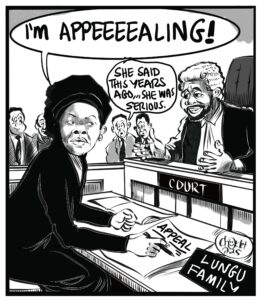The United States Agency for International Development (USAID) has devised a geospatial tool that identifies areas without power and presents the lowest-cost electrification options, thereby guiding the development of Zambia’s energy sector.
In a statement released through the US Embassy’s Public Affairs Officer Janet Deutsch, the geospatial tool was developed in collaboration with USAID, the Zambian government and with support from Power Africa initiative.
“Power Africa” was a five-year American presidential initiative launched by former US president, Barack Obama, in Tanzania during his Africa tour in July, 2013.
The initiative aims at supporting economic growth and development by increasing access to reliable, affordable, and sustainable power in Africa.
The programme is designed as a multi-stakeholder partnership among the governments of the United States of America, Tanzania, Kenya, Ethiopia, Ghana, Nigeria and Liberia, the US and the African private sector. The African Development Bank Group (AfDB) has been a key partner in the design of the initiative, and will continue to be during its implementation.
“The United States Agency for International Development (USAID), in support of its Power Africa initiative, has developed a geospatial tool to guide the development of the Zambia energy sector. USAID’s Southern Africa Energy Program (SAEP), based at the USAID/Southern Africa mission in Pretoria, South Africa, collaborated with the Zambian government’s Ministry of Energy and the Rural Electrification Authority (REA), to produce the tool, which identifies areas without power and presents the lowest-cost electrification options, such as grid extensions, developing mini-grids, or installing solar home systems. The tool demonstrates the importance of off-grid solutions in Zambia, where less than one-third of residents have access to power. The Government of the Republic of Zambia (GRZ) has set ambitious goals to increase access to electricity in Zambia, including for those living in remote rural areas. For those living far from the existing grid, the geospatial tool indicates that off-grid solutions are the only cost-effective alternative,” Deutsch stated in a press release issued, Monday.
“At a March 23, 2018 workshop in Lusaka, the GRZ expressed optimism about using the geospatial tool on a daily basis to support its electrification strategies. An REA engineer noted that he could use the tool to explain REA community electrification plans to a range of audiences. Representatives of the private sector have expressed a desire to use the tool to identify marketing opportunities for solar home systems and mini-grids.”
According to Deutsch, the geospatial tool is now available for public use on the USAID Development Clearinghouse Experience website: www.dec.usaid.gov
USAID’s Southern Africa Energy Programme is part of the U.S. Government’s Power Africa initiative, and is a five-year programme covering eleven countries in southern Africa.
To date, Power Africa’s more than 150 private and public-sector partners have committed more than US $54 billion to mobilize and organize international efforts to electrify Africa.























